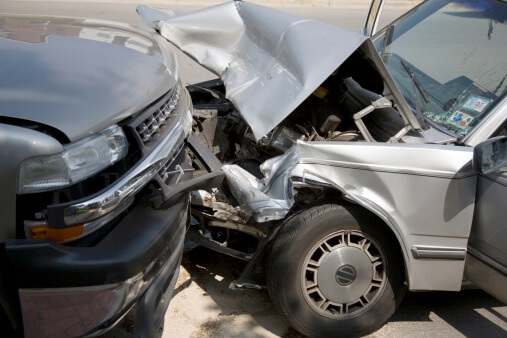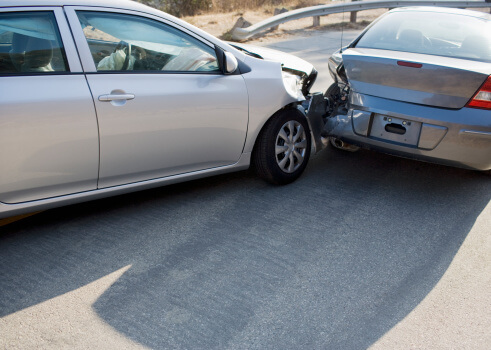In the United States, car accidents kill 11.4 out of every 100,000 Americans. This is around double the rate of deaths in the European Union, where there are 5.5 fatalities per 100,000 people. It is also significantly more fatalities than in Sweden, where there are three deaths for every 100,000 people, according to The Economist.
Sweden is the safest place in the world for motorists, with only 264 fatalities over the course of last year. Although the number of miles driven and the number of cars in circulation have both doubled in Sweden since the 1970s, the number of fatalities has declined by 4/5s over the decades since the 70s. A personal injury lawyer knows that the U.S. has also brought down the death rate since the 1970’s, but not nearly as much as Sweden or most countries in Europe.
Sweden has achieved such success in motorist safety because in 1997 its Parliament wrote a Vision Zero plan into law. Now, cities in the United States are hoping to adopt some of the reforms put into place in Sweden in order to make their own roads safer. In 2012, for example, the Chicago Department of Transportation indicated that it was adopting the Vision Zero movement.
Cities that have adopted, or that are planning to adopt, their own vision zero plans include not only Chicago, but also San Francisco, New York, Washington D.C. and Portland. These Vision Zero reforms could help to protect people in Chicago, Hyde Park, Bridgeport, Edgewater and surrounding areas, but questions remain about whether they will be effective.
Vision Zero Can Help to Reduce Motor Vehicle Fatalities
Sweden has become the safest place in the world for drivers because of some of the different steps that were taken as part of Vision Zero. Essentially, the plan is based on the belief that there is no reason for anyone to die in car crashes. To prevent fatal accidents, every road is designed primarily with a focus on safety, rather than with a focus on convenience or speed.
In Sweden, there are more than 900 miles of roads that are called 2+1 roads. On these roads, motorists in different lanes of traffic have to take turns passing in the middle lane. These roads are credited with saving approximately 145 lives.
Sweden has also adopted low speed limits in urban areas, and has put many safe crossing areas for pedestrians onto the roads. There are now more than 12,600 zebra crossings where pedestrians can safely cross the road. There are flashing lights warning motor vehicles when they are approaching a safe pedestrian crossing and there are speed bumps in the area that will force drivers to slow down.
Pedestrian and bicycle rider deaths have been increasing, rather than declining, throughout the United States. In Sweden, however, pedestrians and bicycle riders receive many protections on the roads that have kept them safe. In Sweden, pedestrians and bicyclists not only have their own designated lanes, but those lanes are actually separated by barriers to keep walkers and bicyclists safe.
Even cities that have embraced Vision Zero in the United States may not be able to adopt every reform that Sweden has undertaken to reduce fatalities. Still, hopefully Chicago’s own Vision Zero plan will help to reduce collision risks and make the roads safer.
A Chicago, IL accident attorney can help after an injury. Call Coplan & Crane at 800-394-6002 to schedule your free consultation. Serving Chicago, Hyde Park, Bridgeport, Edgewater, Lincoln Park and surrounding areas
















